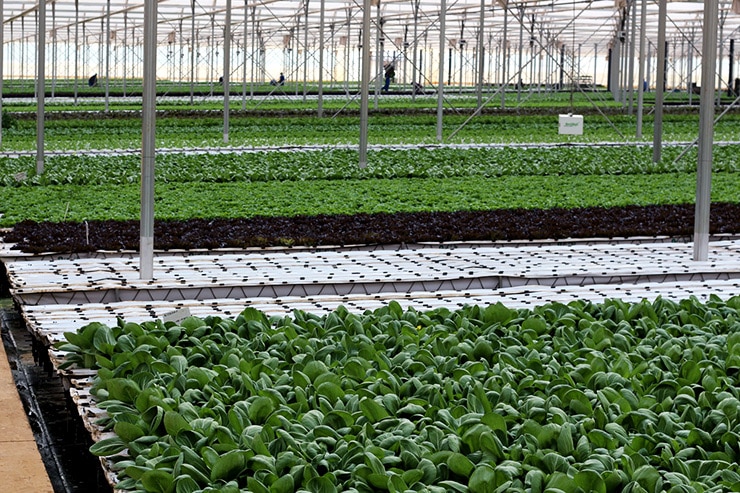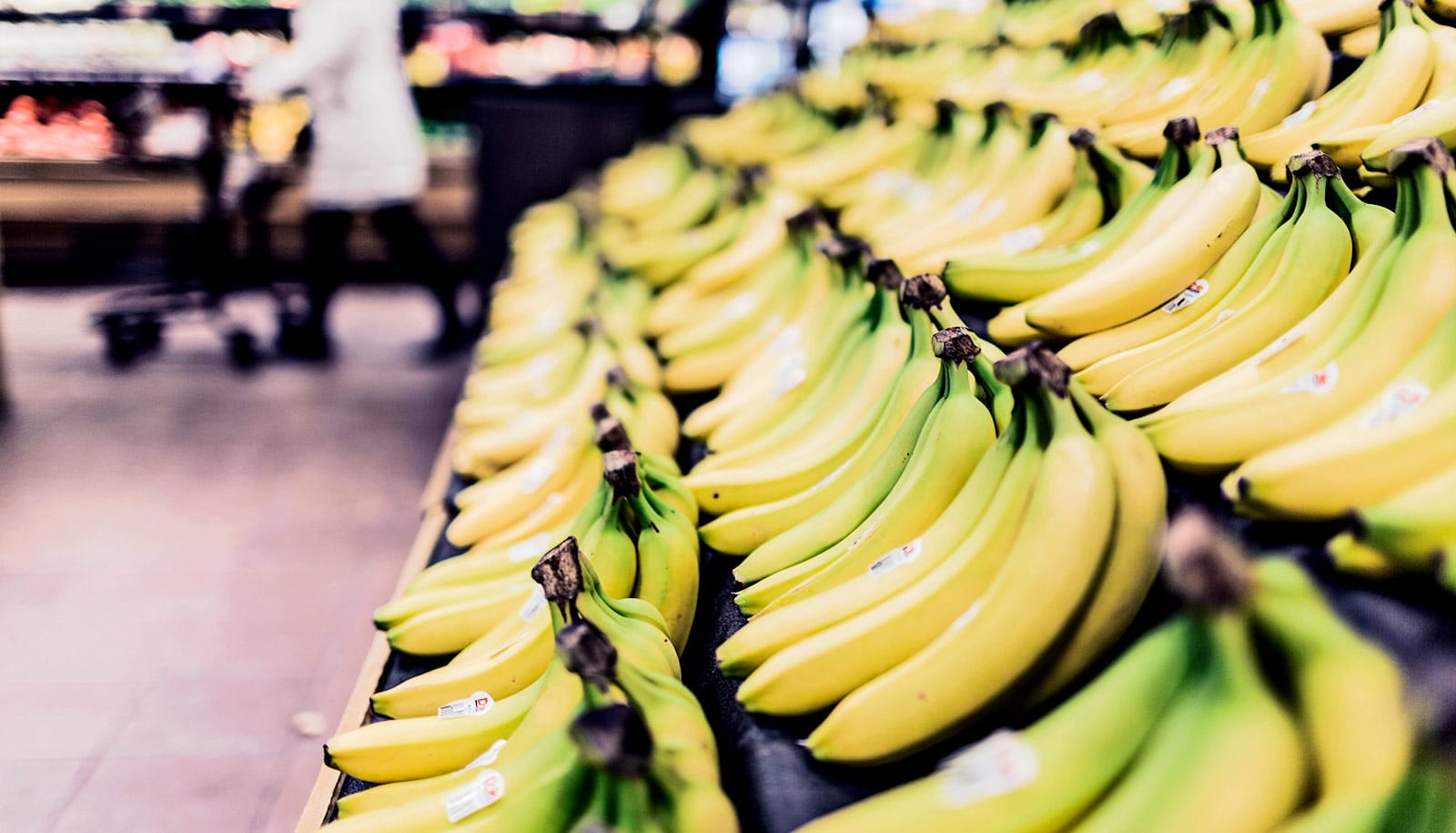A program of one of the five largest supermarket chains in South Africa, drove increased adoption of environmental practices at the farm level, a new study of the store’s supply chain indicates.
The study is one of the first analyses of a company-led sustainability program in the food and agriculture space.
Agriculture environmental is one of the largest global polluters, driving deforestation and contributing an estimated 30 percent of total greenhouse gas emissions.

“If indeed these company-led policies are effective and able to transform their entire supply chains, then they can potentially transform land-use practices worldwide and have a very positive impact on the environment,” says study coauthor Eric Lambin, professor in the School of Earth, Energy & Environmental Sciences at Stanford University.
“Having this kind of evaluation done by independent researchers increases the confidence of the public in these private programs,” Lambin says.
Getting access
The biggest challenge in evaluating the effects of food store sustainability programs has been gaining access to stores’ private data. For this reason, researchers have focused on certifications led by nongovernmental organizations and multi-stakeholder standards that offer open access to their data, such as FairTrade and the Rainforest Alliance.
“The real question here is, ‘Will companies’ sustainability efforts slow if they don’t have an NGO checking in on them? Will they be actually driving change or is it just greenwashing?'” says lead author Tannis Thorlakson, a doctoral student in Stanford Earth’s Emmett Interdisciplinary Program in Environment and Resources (E-IPER).
“We’re seeing big shifts in farming practices, which is really exciting.”
Several US-based food retailers with company-led sustainability programs refused to grant Thorlakson access to their data. Eventually, the high-end South African grocery and clothing chain Woolworths gave access.
“It’s really hard to evaluate a company’s sustainability program because you need to know exactly who their suppliers are and how the program works,” Thorlakson says. “Woolworths provided a unique opportunity because they agreed to total academic freedom to evaluate their program and publish results.”
The researchers found that Woolworths’ large-scale fruit, vegetable, and flower growers use more environmental management practices when compared both over time and with a random sample of farms certified by the food industry’s global environmental standard for farm management, known as GLOBALG.A.P. The world’s most widely implemented farm certification program, GLOBALG.A.P. enforces definitive environmental rules for farmers and performs annual third-party audits of production.
Changing the supply chain
Woolworths’ Farming for the Future program combines annual auditor feedback with the individual needs of farmers, rather than imposing definitive rules. Farms are evaluated on sustainability criteria each year, including soil management, water use, biodiversity, waste disposal, pest management, carbon footprint, and environmental laws. The company also employs auditors trained as agronomists, soil scientists, or environmental scientists.
“According to one farmer, other auditors will drive into the farm and say, ‘Nice trees you’ve got there,'” Thorlakson says. “‘But when the Farming for the Future auditor comes in, they drive up and they say, ‘Tell me about those trees—those are an invasive species and they’re probably affecting your water table. Why aren’t we working on a management plan to deal with those?'”
How treating dirt well could fight climate change
In addition to its flexible model and relationships with its auditors—whom Woolworths finances—researchers believe the program’s success can be attributed to its growers being part of a direct supply chain. Other large grocery chains often have intermediate suppliers between them and the actual farmers.
“The auditors are building relationships and helping farmers improve their practices,” Thorlakson says. “For example, conventional farmers are now using cover crops, which is a really hard practice to get farmers to take up but which creates long-term environmental benefits. We’re seeing big shifts in farming practices, which is really exciting.”
The researchers conducted empirical analyses of the company’s farming practices since the program was formally launched in 2009 to understand changes over time, using more than 950 third-party audits of 228 large-scale farmers.
The analysis also included a comparison of Woolworths and a random sample of similar GlobalG.A.P. certified farms. Thorlakson began fieldwork in 2015, when she spent 3 months embedded in Woolworths’ sustainability team in Cape Town, South Africa.
Thorlakson completed more than 90 qualitative interviews with auditors and farmers in October 2016, which mainly showed that farmers value long-term partnerships with their buyers, she says. Researchers hope this study will encourage other companies to rethink their supply chain sustainability programs to incorporate a more partnership-based approach to working with their farmers.
“I hope that more companies will see the value of letting researchers evaluate their program and publish the results—if we find that a program is not that effective, we can also identify why and see what’s wrong, and how it can be improved and what can be corrected,” Lambin says. “The more of these studies we are able to do, the better the scientific community will become at identifying the reasons for success.”
Why farmers may want to keep, not kill, weeds
The researchers report their findings in the journal Global Environmental Change.
Jens Hainmueller, an associate professor in the political science department, is a coauthor on the study.
The study’s funding came from the Stanford Emmett Interdisciplinary Program in Environment and Resources’ Victoria and David Rogers Fund, the George Rudolf Fellowship Fund, and the Stanford Dean A. McGee Fund. A National Science Foundation Graduate Research Fellowship also supported the research.
Source: Stanford University



